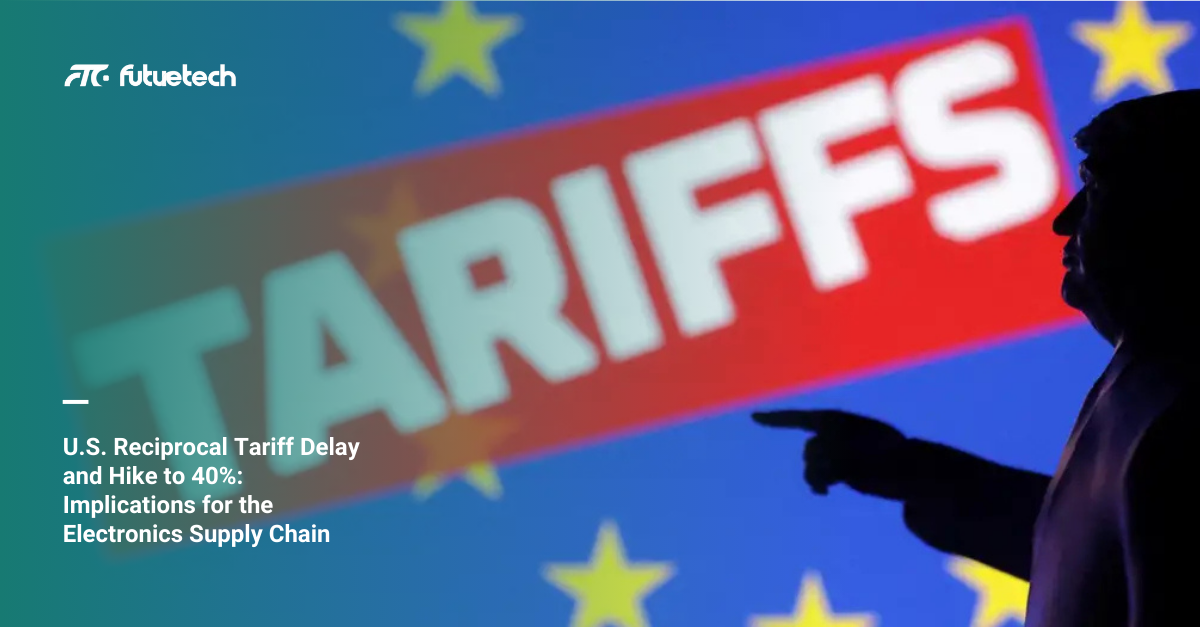Rumah > Berita > U.S. Reciprocal Tariff Delay and Hike to 49%: Implications for the Electronics Supply Chain

- Service
-
Produk
- Capacitors
- Connectors, Interconnects
- Networking Solutions
- Optical Inspection Equipment
- Potentiometers, Variable Resistors
- Power Supplies - Board Mount
- Power Supplies - External/Internal (Off-Board)
- Prototyping, Fabrication Products
- Resistors
- Sensors, Transducers
- Switches
- Relays
- Optoelectronics
- Discrete Semiconductor Products
- RF/IF and RFID
- Permintaan petikan
- Tentang kita
